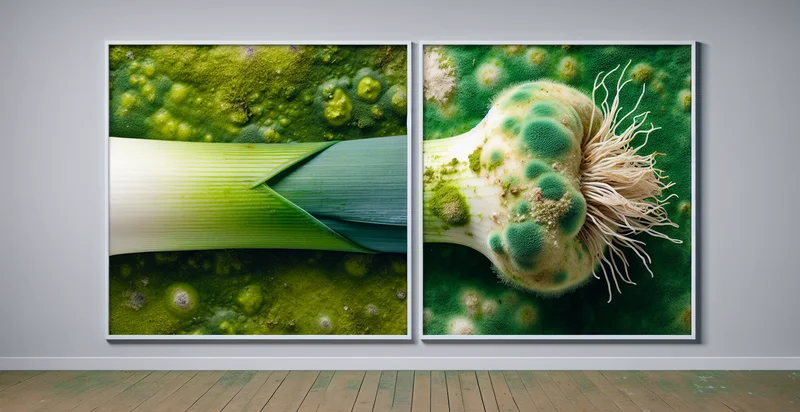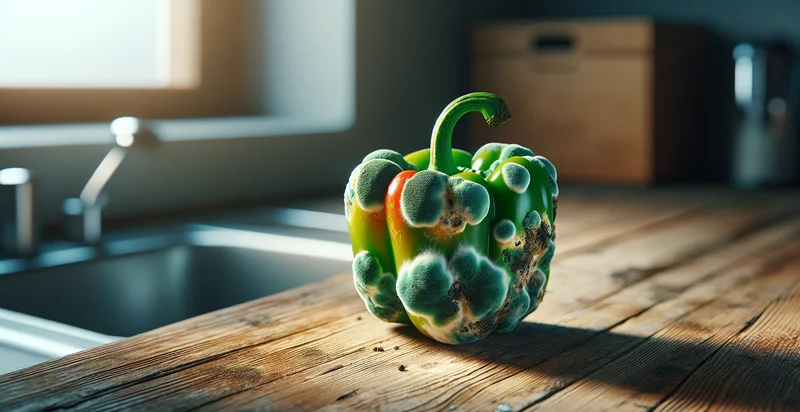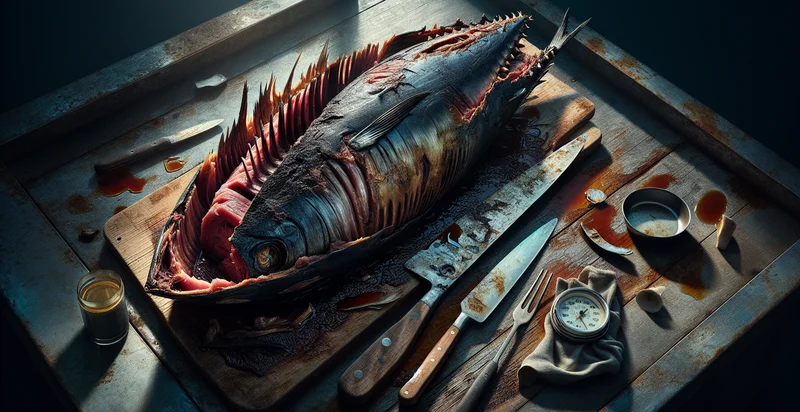Identify if tuna is moldy
using AI
Below is a free classifier to identify if tuna is moldy. Just upload your image, and our AI will predict if tuna is moldy - in just seconds.

Contact us for API access
Or, use Nyckel to build highly-accurate custom classifiers in just minutes. No PhD required.
Get started
import nyckel
credentials = nyckel.Credentials("YOUR_CLIENT_ID", "YOUR_CLIENT_SECRET")
nyckel.invoke("if-tuna-is-moldy", "your_image_url", credentials)
fetch('https://www.nyckel.com/v1/functions/if-tuna-is-moldy/invoke', {
method: 'POST',
headers: {
'Authorization': 'Bearer ' + 'YOUR_BEARER_TOKEN',
'Content-Type': 'application/json',
},
body: JSON.stringify(
{"data": "your_image_url"}
)
})
.then(response => response.json())
.then(data => console.log(data));
curl -X POST \
-H "Content-Type: application/json" \
-H "Authorization: Bearer YOUR_BEARER_TOKEN" \
-d '{"data": "your_image_url"}' \
https://www.nyckel.com/v1/functions/if-tuna-is-moldy/invoke
How this classifier works
To start, upload your image. Our AI tool will then predict if tuna is moldy.
This pretrained image model uses a Nyckel-created dataset and has 2 labels, including Tuna Is Moldy and Tuna Is Not Moldy.
We'll also show a confidence score (the higher the number, the more confident the AI model is around if tuna is moldy).
Whether you're just curious or building if tuna is moldy detection into your application, we hope our classifier proves helpful.
Related Classifiers
Need to identify if tuna is moldy at scale?
Get API or Zapier access to this classifier for free. It's perfect for:
- Quality Control in Food Production: This use case focuses on using the moldy tuna identifier in food manufacturing facilities. By integrating the system into quality control processes, businesses can automatically detect and remove moldy tuna from production lines, ensuring only high-quality products reach consumers.
- Inventory Management for Seafood Retailers: Retailers can implement the moldy tuna identifier in their inventory management systems. This allows for real-time assessment of tuna stocks, helping retailers reduce waste by identifying and discarding moldy products before they reach the food display.
- Online Seafood Delivery Services: Online platforms can utilize the moldy tuna identifier to enhance their product offerings. By ensuring that all tuna sold through their platform is inspected for mold, they can improve customer trust and reduce returns due to spoiled products.
- Restaurant Supply Chain Optimization: Restaurants can leverage the moldy tuna identifier to streamline their supply chain. By screening incoming supplies, restaurants can ensure they receive fresh, mold-free tuna, ultimately maintaining the quality of their dishes and customer satisfaction.
- Sustainable Fishing Practices: Organizations focused on sustainable fisheries can use the moldy tuna identifier to monitor catch quality. By identifying and avoiding the procurement of moldy fish, they can promote responsible sourcing and reduce the environmental impact associated with waste.
- Research and Development in Food Safety: Food safety research organizations can employ the moldy tuna identifier to study the prevalence and conditions that lead to tuna spoilage. This research can inform better storage, transportation, and handling practices within the seafood industry.
- Home Kitchen Applications: Smart kitchen devices can integrate the moldy tuna identifier for consumer use. This feature would allow home cooks to assess the freshness of tuna from their own kitchens, enabling them to make informed decisions about food safety and reducing the risk of consuming spoiled goods.


